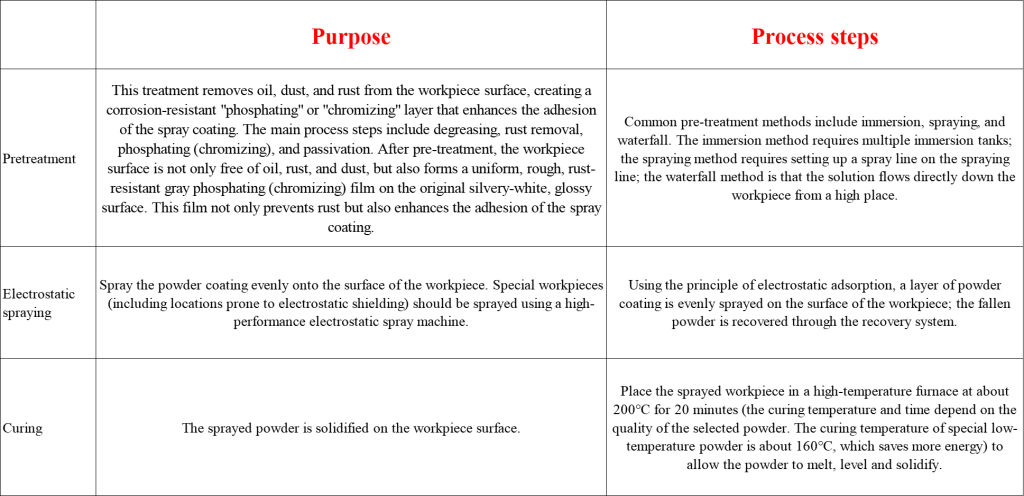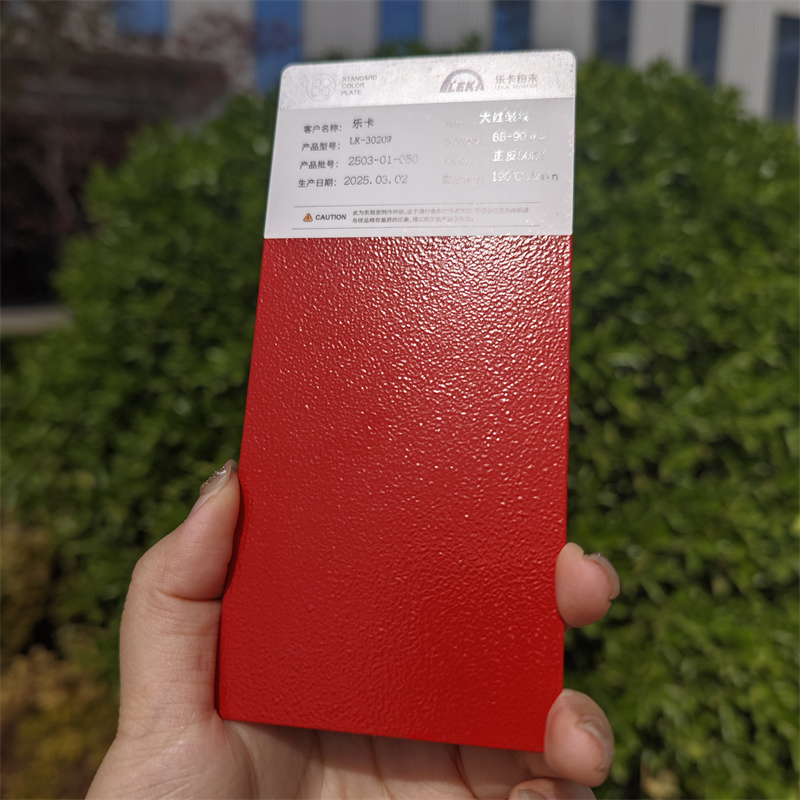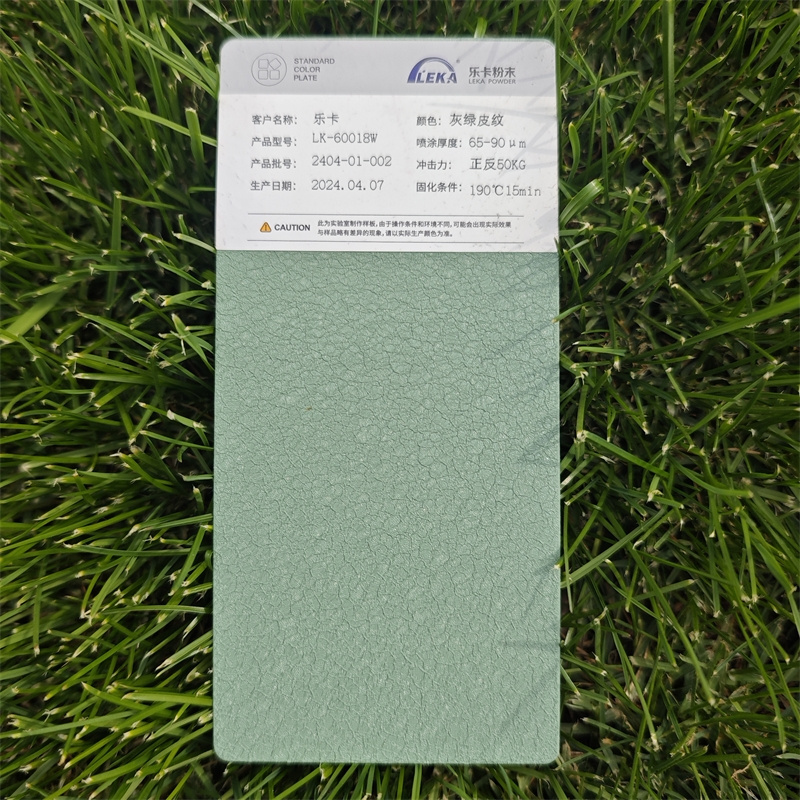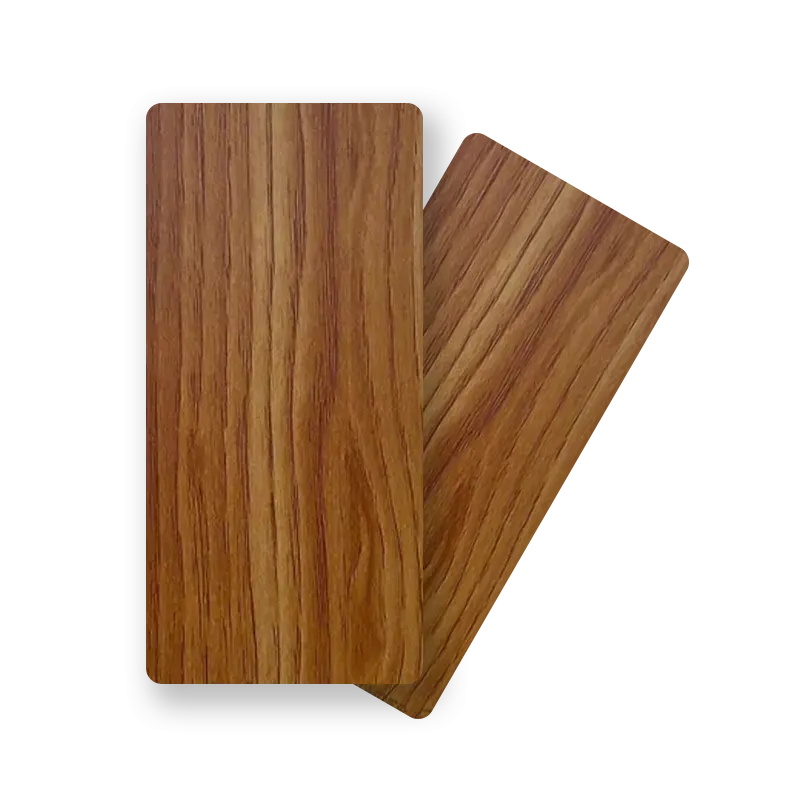With the rapid development of my country's powder coating machinery market, the core technologies related to it will become the focus of the industry. Understanding the process and requirements of powder coating technology and improving product technology is crucial.
Powder coating involves applying powder coating to the surface of a workpiece using a powder spraying machine (electrostatic sprayer). The static electricity causes the powder to evenly adhere to the surface, forming a powdery coating. This coating undergoes high-temperature baking to level and solidify, resulting in a final coating with varying effects (depending on the type of powder coating used). Compared with conventional painting, powder coating not only delivers markedly superior mechanical strength, adhesion, corrosion resistance, and aging resistance, but—equally important—it is also significantly less expensive than comparable spray coatings.
- 2. General Powder Coating Application Requirements
1) Above all, to maximize the performance of the powder coating and, in turn, prolong its service life, the substrate must first undergo a rigorous surface pre-treatment.
2) Completely ground the coated object during spraying to maximize powder-coating efficiency.
3) Consequently, for objects exhibiting large surface defects, first apply conductive putty; as a result, the substrate becomes smooth and even, thereby ensuring a flawless final coating.
4) After spraying, heat-cure the object. Follow the powder supplier’s technical data sheet for curing conditions, and fully maintain the specified temperature and time to prevent quality defects from under-curing.
5) Inspect immediately after powder coating. Any defects must be addressed promptly. If defects are discovered after curing, they are minor and localized and will not affect the surface. For decorative purposes, repairs can be made using a powder of the same color diluted with acetone. If the defect is extensive and affects the surface quality, sand it with sandpaper and then re-spray or remove the coating with a paint stripper before re-spraying.
6) Recycled powder must be screened to remove impurities and then mixed with new powder in a specific ratio.
7) First and foremost, keep the powder supply drum, spray booth, and recycling system completely free of contamination from powders of any other color; otherwise, cross-contamination will inevitably compromise finish quality. Thoroughly purge and clean them during every color change.
- 3. Electrostatic powder spraying process

- 4. Storage Instructions
1. Most importantly, shield the material from ignition sources and direct sunlight; simultaneously, ensure storage in a cool, well-ventilated area below 35 °C.
2. Avoid storage in areas susceptible to contamination by water, organic solvents, oil, and other materials.
3. After use, do not expose powder coating to air. Always cover or seal the bag tightly to prevent contamination.
4. To begin with, avoid prolonged skin contact. Should powder adhere to the skin, immediately rinse it away with soap and water; never resort to solvents. Lastly, enforce comprehensive safety measures across the entire coating application area.
5. First, properly ground all coating equipment during operations; consequently, this eliminates static electricity.
6. Avoid unintended discharge from coating machines.
7. Crucially, within the powder-spraying room, continuously monitor and maintain the suspended-dust concentration well below the safe threshold; otherwise, the risk of ignition and explosion will rise sharply.





